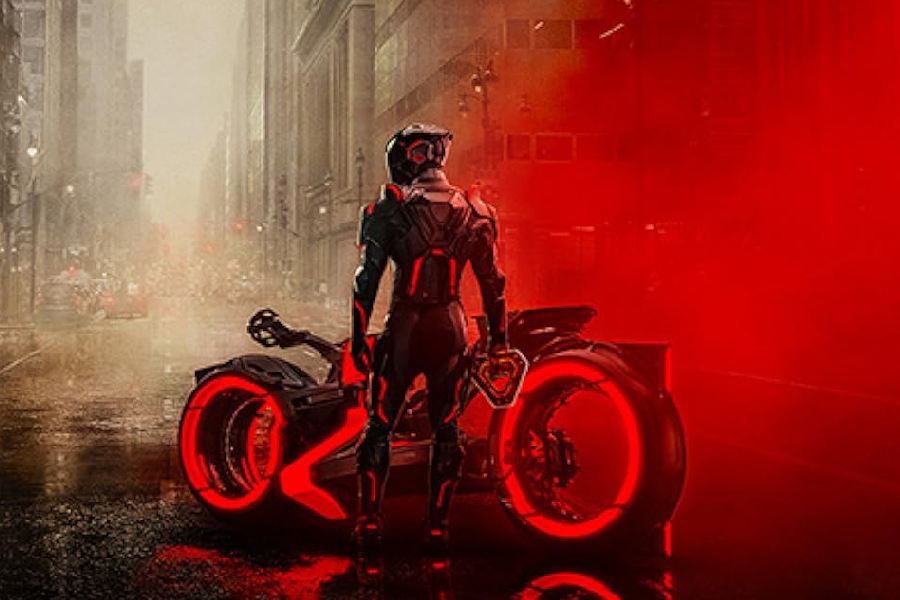TRON: Ares, the latest chapter in the long-running saga that began with the 1982 original, is fast, stylish, and dazzling — everything a fan of the TRON universe could hope for. However this sequel, directed by Joachim Rønning, is less a solid narrative with depth and more a sensory experience, best enjoyed on a large screen with top-tier sound.
Like the previous TRON movies, TRON: Ares explores the conflict between creators and their creations. In the original film, Kevin Flynn (Jeff Bridges) created video games for ENCOM, only to have them stolen by Ed Dillinger (David Warner) and his Master Control Program. TRON: Legacy carried the story forward with Flynn dealing with the implications of digital immortality.
In TRON: Ares, the story revolves around Ares (Jared Leto), a digital assassin who can jump between the digital Grid and the physical world. His creator, Julian Dillinger (Evan Peters), grandson of Ed Dillinger, wants to sell him and other digital weapons to anyone with money and no conscience.
On the other side is Eve Kim (Greta Lee), the CEO trying to use tech for good, hoping to cure diseases and create life with a “Permanence Code” left behind by Kevin Flynn. Her ideals are noble, but the film doesn’t spend enough time showing us why we should care about her.
Ares himself is interesting in concept — a digital weapon on the path of self-discovery in the real world. But Leto’s performance is understated to the point that the character sometimes feels distant. Athena (Jodie Turner-Smith) is more engaging, and Eve is resourceful and determined, but the story doesn’t give these characters enough room to grow beyond archetypes.
The film’s imaginative concept is compelling. The generative laser, a combination of a 3D printer and a sci-fi transporter, allows the characters to create a physical army from digital designs in real time. It also becomes relevant in today’s world as debates around technology and generative AI are raging across the globe. Like these nascent technologies, the laser is imperfect; anything produced outside the Grid lasts only 29 minutes before disintegrating. This impermanence serves as a metaphor for the fragility of even the most advanced creations.
The movie’s strongest moments come when it leans fully into its visuals. Transitions between the digital and real worlds are clever, often imaginative, and at times hypnotic. Zooming into a single pixel, cutting through reflections, or shifting from one environment to another can make you pause just to marvel at the design. Joachim Rønning’s direction keeps the plot moving at breakneck speed, and Trent Reznor and Atticus Ross’s score gives the film a pulsing rhythm.










